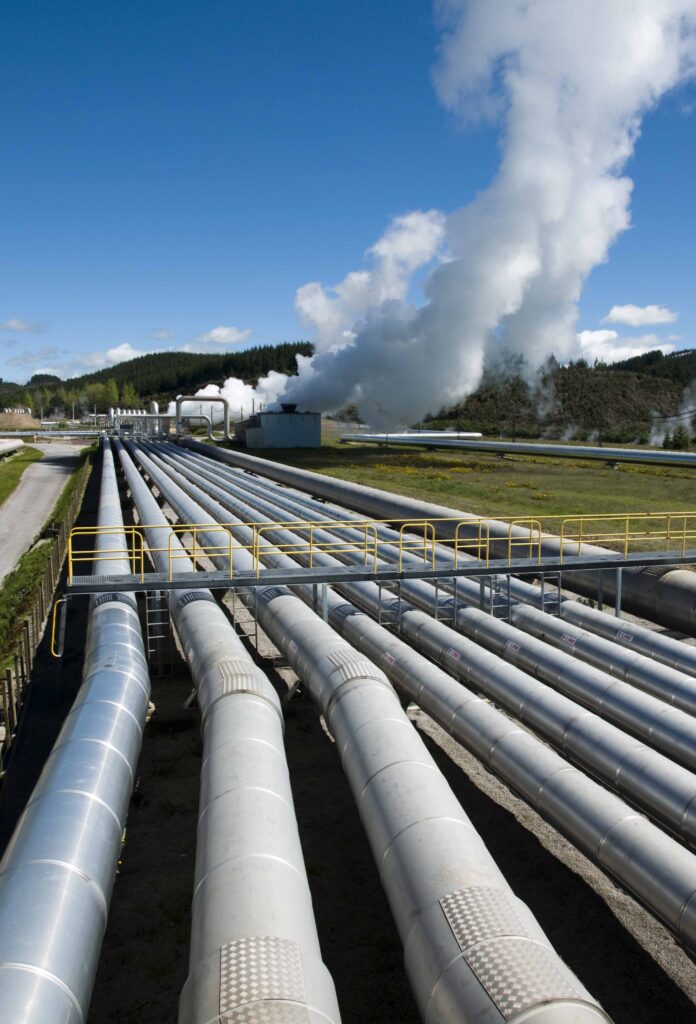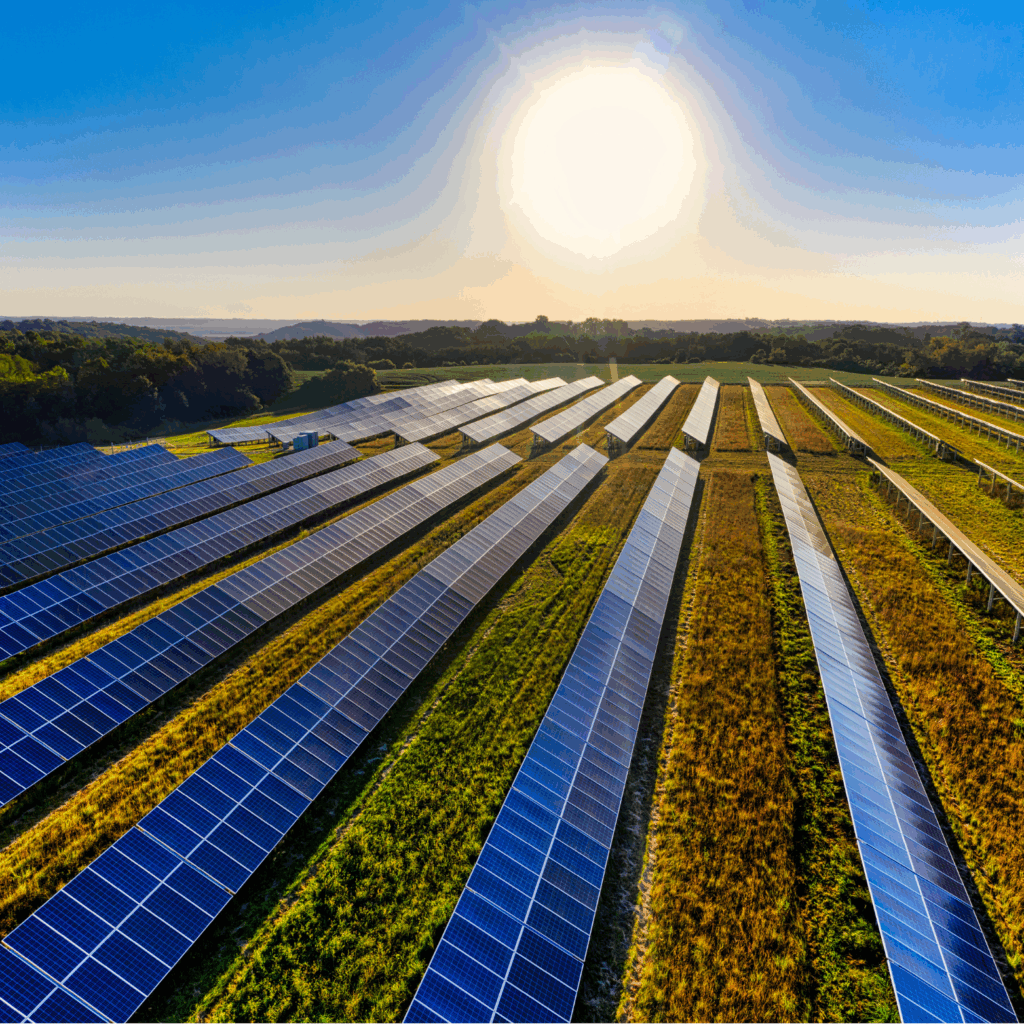Latest News



Jeremy Harwood from BNZ is part of Priority One’s Energy Leadership Group. He shares his insights on our region’s all-important energy transition, including what the group wants to achieve.
It used to be that companies who proactively engaged in the transition to renewable energy systems and decarbonisation were thought of as leading edge, provocative, and principled.
Gradually, holding these sustainability values front of mind was seen as being good business. Now, it is business as usual, a mega-trend that all businesses need to be aware of and prepared for.
Whether the impact is rising energy costs, diminishing gas availability, pressure from investors, or larger businesses completing supply-chain audits, all businesses are now grappling with a changing operating environment. Creating the need for strategic decision-making around how to best respond to these forces, while remaining competitive.
Businesses in the Western Bay of Plenty are not immune; freight and logistics operators, port-related businesses, manufacturers and our primary industries are all impacted to some extent. This has been compounded by a sustained weak economic environment since the post-COVID inflation spike, with consumer spending, property prices and investment decisions all suffering[1].
These considerations have been front of mind in the banking sector as well. This includes within our own business, like meeting changing the demands of our investors, as well as helping our customers to respond to these growing forces.
Initially, much of the activity was focused on the larger Corporate and Institutional segments, where significant resources were being directed into meeting changing reporting requirements for listed entities[2]. We also saw strong growth in customer demand for ‘sustainable’ debt instruments such as Green Loans, driven by changing investor sentiment. Now, those learnings are providing valuable insights as we improve our support of small to medium businesses in this space.
The opportunity – energy leadership
Following the outstanding success of the Regional Energy Summit, Priority One has created a cross-sector working group tasked with leading the creation of an energy strategy for the Western Bay of Plenty.
The project is a big one. There are several risks facing the region. We’re reliant on a single high-voltage transmission line. We need to decarbonise our manufacturing base and vehicle fleet. And we need to seize the opportunities available to us, such as sustainably harnessing the considerable renewable energy resources at our disposal.
As we progress down this path of shaping our region’s response to the energy transition, we will likely also make secondary considerations, such as attracting funding and investment to progress this work. Investors tend to look for long-term financially sustainable outcomes, which renewables inherently offer, making them attractive when structured appropriately.
The make-up of the group allows us to consider the perspectives of all participants in the energy eco-system. From technical best practice, system constraints and planning requirements, the needs of large industrial users, iwi considerations and financing solutions.
The great thing about our region is we have many unique attributes that place us in an exciting position to face this challenge and become an outstanding example for others in Aotearoa. We’re the fastest growing region in the country[3], we have a nationally significant role in imports and exports through our port operations, and we have an abundance of geothermal, wind and solar energy resources available for development[4].
The Energy Leadership Group believes that part of our responsibility, as people with the knowledge and capability to deliver this work, is to create an accessible resource for businesses of all sizes in the Western Bay of Plenty.
This is especially important for our large cohort of small to medium-size enterprises, who may recognise the importance of the energy transition but not necessarily have the knowledge, contacts, or resources to take action.
Together, we aim to support businesses in our region to manage these changes and to continue thriving.
Making a contribution
Personally, I was driven to become involved in the Energy Leadership Group as I have a strong interest in seeing the Western Bay of Plenty – and the people within it – thriving.
I grew up in the region and, after spending a number of years away, have returned to give my young family the amazing upbringing that our region can provide. Through my previous role as an Institutional Credit Analyst for the energy sector – banking the large power generators, lines companies and other infrastructure providers – I know how critical energy is to economic growth.
This extends directly to my current role leading BNZ’s Business and Commercial banking teams for the Tauranga region, where I spend a lot of time engaging with our customers to provide funding solutions to unlock opportunities for growth, productivity and operating efficiency.
At BNZ, we have always had a strong focus on supporting businesses of all types and sizes. As New Zealand’s largest business bank and as a key provider of capital to the economy, we feel a responsibility to use our institutional knowledge to support positive and necessary work such as this.
Having access to equitable, reliable and environmentally sustainable energy is key to unlocking productivity in our economy, a critical factor for all New Zealand businesses who hope to maintain or build their competitive advantage.
We are also tackling this challenge through both green loans and our newly announced Productivity Loan product, which reduces the cash flow impact for businesses making critical investments to improve operational productivity. Allowing time for returns to be generated before debt repayments commence.
Jeremy Harwood is the Regional Manager for Business & Commercial Banking at BNZ. He sits on the Priority One board and the Energy Leadership Group. To find out more about Priority One’s energy work and how you can get involved, visit our site and sign up for updates.
[1] The cost of living: So what changed at the end of 2021?
[2] Aotearoa New Zealand Climate Standards
[3] Subnational population estimates: At 30 June 2024 (2018-base)
[4] Our Energy Future – Energy in Western Bay of Plenty Subregion
